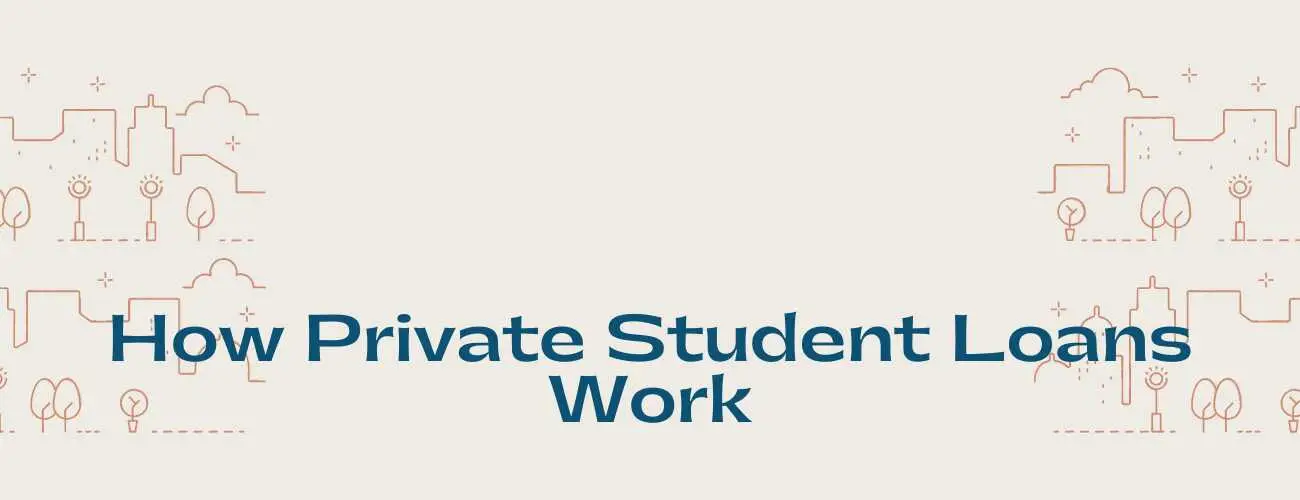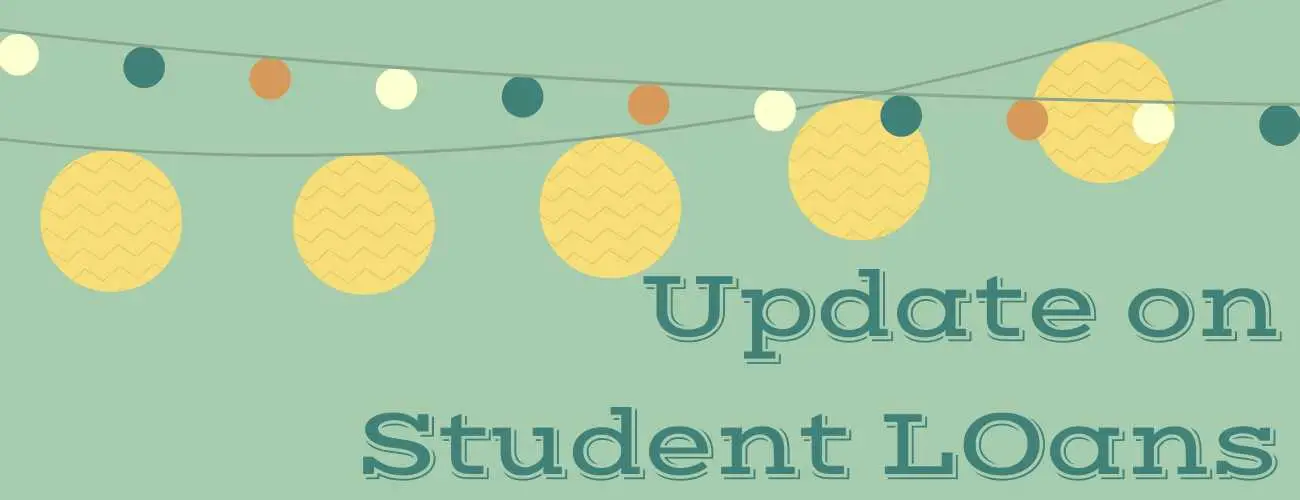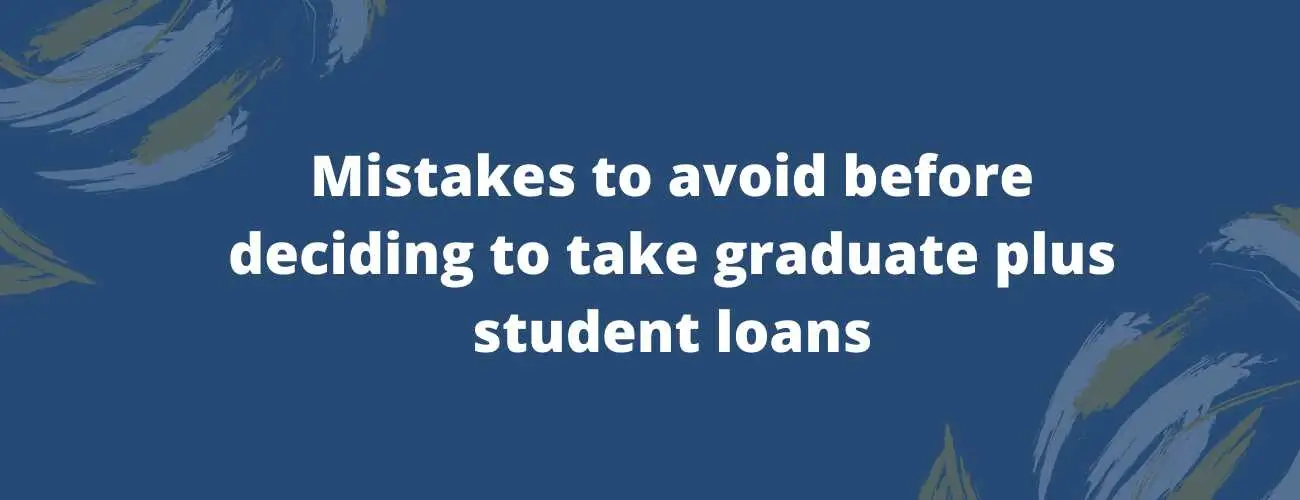Student Loan Insolvency: Let's Ax That Tax
Learn about how insolvency can work with student loan forgiveness. Learn in detail about student loan forgiveness, insolvency. Includes examples of total and partial insolvency. See how you can qualify for insolvency, what you should do if you qualify, how to report insolvency exclusion.
Updated by B Harshitha on 30th January 2020
Having your student loans forgiven could sound like a boon to you. Who wouldn’t like to have any remainder of their student loans to get waived off after repaying for a certain period of time? While it is true that with most student loan forgiveness programs after a certain period of repayment on your student loans, you do not have to worry about the responsibility of having to repay anymore, there are situations when the forgiven remainder may be taxed.
To understand how forgiveness and insolvency work with student loans, it is important to have a good knowledge of how student loans work foremost.
Some student loan forgiveness programs, like Public Service Loan Forgiveness (PSLF) do not impose taxes on the forgiven amount. But others, usually ones that work with Income Based Repayment do apply taxes on the forgiven student loan amount.
Insolvency is an exception from this. This is a tax situation when your liabilities are greater than your assets. We will learn more about insolvency in this article. This is a major boon for borrowers under IBR, PAYE, RePAYE or ICR.
TABLE OF CONTENTS
- What is Student Loan Forgiveness?
- What is insolvency?
- Example of Total and Partial Insolvency
- Do you qualify for insolvency? If yes, what should you do?
- How to report the insolvency exclusion?
- Why There Is No Need To Worry About Taxes On Your Forgiven Debt
- In Conclusion
What is Student Loan Forgiveness?
Student loan forgiveness can be classified into four main categories and each has its own specificities and taxabilities. Let us take a look at each of them.
-
Federal Student Loan Forgiveness Programs - Programs like PSLF come under this. Most federal student loan forgiveness programs are tax-free.
-
Student Loan Repayment Assistance Programs - State-based or employment-based student loan repayment programs come under this category. Your employer could give you a certain amount of money annually towards your student loan. Most of these programs are not eligible for insolvency.
-
Student Loan Cancellation - Programs that allow for the cancellation of your student loans come under this. Some are considered taxable while others aren’t. An example of a taxable income would be cancellation due to closed school discharge. But if you get your student loans forgiven due to permanent or total disability, it is likely to be tax-free.
-
Student Loan Forgiveness Due To Repayment Plan - Most student loan repayment plans have a policy where at the end of your repayment term the remainder of your student loan amount will be forgiven. Most of these repayment plans are income-driven like IBR, PAYE, RePAYE, ICR. Such forgiveness often qualifies for insolvency and is considered to be taxable income.
What is insolvency?
Insolvency is a tax term that refers to a situation in which what you owe is greater than what you own. In other words, your liabilities exceed your assets. Your forgiven student loan debt amount is considered to be income. This forgiven amount must be reported and it will be taxed. For as long as you can not show any signs or proof of insolvency, you are obligated to pay taxes on this forgiven amount. You may receive a 1099-C on the forgiven debt.
Your insolvency amount is the difference between your assets and your liabilities. If this amount is bigger than the forgiven student loan amount, then it can be excluded and there is no need to any taxes on it. Partial insolvency is when your insolvency amount is smaller than your forgiven debt amount.
The IRS will take into consideration all the assets owned by you. Your savings and checking account will be looked at. All of your investments, your retirement benefits and account values, your real estate and properties, any businesses that you own and the value of all of your possessions will be taken into consideration.
As part of liabilities, any debt that you owe like credit card or mortgage debt along with yor forgiven student loan debt amount will be considered.
Example of Total and Partial Insolvency
Total Insolvency
Let us take a borrower who has been on IBR for 25 years, and whose loans have increased to $70,000. If their assets sum up to $60,000 and their total liabilities to $145,000, they have an insolvency number of $85,000. Since their student loan debt was $70,000, we can see that this is smaller than their insolvency number of $85,000. This is considered to be total insolvency and they do not have to pay taxes on the amount of student loan that was forgiven.
Partial Insolvency
Here let us consider a borrower whose student loans have grown to $170,000. If their total assets sum up to $80,000 and their total liabilities sum up to $180,000, we can see that their insolvency number comes to $100,000. Since this value is smaller than their student loan debt, they do have to pay taxes on the forgiven amount.
Do you qualify for insolvency? If yes, what should you do?
The first thing you need to do to qualify for insolvency is show that all of your liabilities are greater than the Fair Market Value of all of your assets. These values have to be reported immediately before the forgiveness of your debt.
Form 982 has to be filled to show that you are currently insolvent and will be excluding the forgiven student loan debt amount from your income. The form is not available online but available in Turbo Tax. Manual filling of the form will be necessary after downloading the form or getting it on a CD. You could use the help of a local tax professional to fill the form and you will be asked no interview questions for this.
We recommend that you first go through the links presented below and fill out the insolvency worksheet and the form from the IRS website. After this, you may purchase the cd/download to enter the forms' information into the software.
Refer to page 5 for insolvency explanation and page 8 for the insolvency worksheet:
https://www.irs.gov/pub/irs-pdf/p4681.pdf
Form 982 and its instructions:
https://www.irs.gov/pub/irs-pdf/f982.pdf
How to report the insolvency exclusion?
Attach Form 982 to your federal income tax return to show that you are excluding the forgiven/canceled debt from your income under the insolvency exclusion. The box on line 1b has to be checked. Show the smaller of the amount of the debt forgiven or the amount by which you were insolvent immediately before the cancellation on line 2. To calculate the extent that you were insolvent immediately before the forgiveness, you may use the insolvency worksheet. In Part II of Form 982, you also must reduce your tax attributes.
Why There Is No Need To Worry About Taxes On Your Forgiven Debt
The ramifications of having your student loans forgiven with respect to tax issues that may arise in the future are nothing to worry about. Income-Driven repayment plans are ideal for most people who can not afford to make full payments. This is mainly because even during the course of your repayment, these plans are very considerate of your income level and allow you to pay as monthly repayment an amount that you can afford instead of breaking the bank. They also give you a safe passage away from defaulting on your student loans.
You must also think about how over the course of 20 or 25 years, tax legislations could change. You never know what modifications could come before your loans are forgiven and/or your remainder is taxed.
Most borrowers find themselves in total or partial insolvency. This is because only extremely large amounts of student loan debts are fully taxable. Insolvency is likely to take a significant amount of weight off of borrowers’ shoulders.
For smaller amounts of debt, borrowers face little to no hassle.
In Conclusion
It is highly advisable for you to seek the help of a tax professional when it comes to matters of insolvency. Every situation is unique and must be handled with precision. Mainly because taxes in general are complex. So it is important that you see to it that you do everything correctly.
There is nothing to not fear regarding the tax consequences of student loan forgiveness programs. Tax consequences are there and they may be inevitable, but they are manageable and better than any other alternative.
| Minumum Credit Score | Apply in as little as | Variable APR | Fixed APR | ||
|---|---|---|---|---|---|
 | Not Available | 15 minutes or less | 2.95 | 4.74 | View disclosures |
 | 620 | 2 minutes | 5.38%-16.99%1 | 4.43%-16.99%1 | View disclosures |
 | Not Available | 15 minutes | 1.13% - 11.23%¹ (with autopay) | 3.50% - 12.60%¹ (with autopay) | View disclosures |



93.jpg)


28.jpg)
